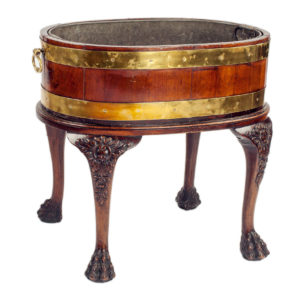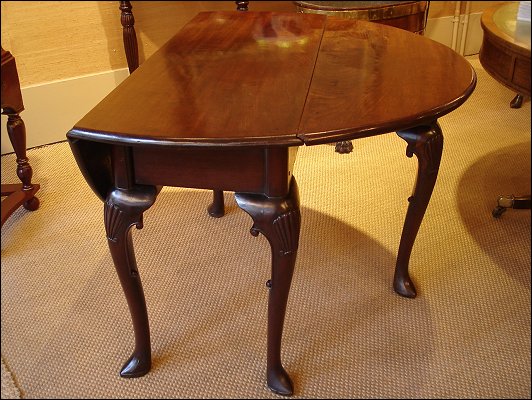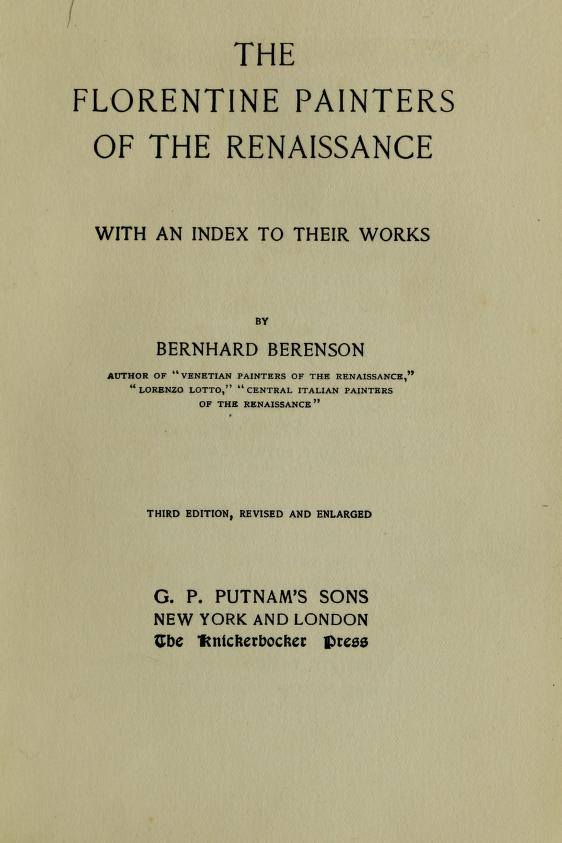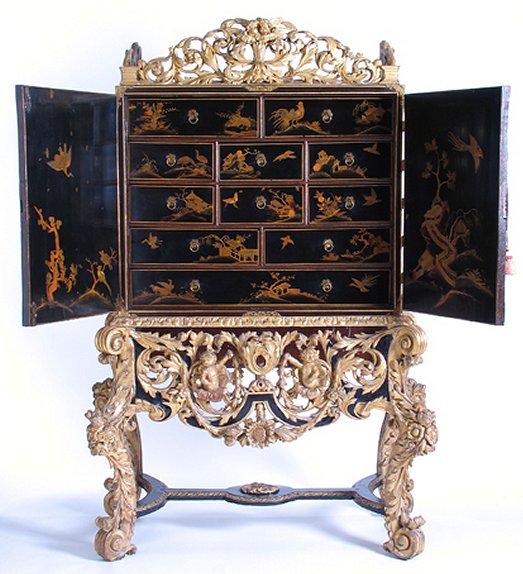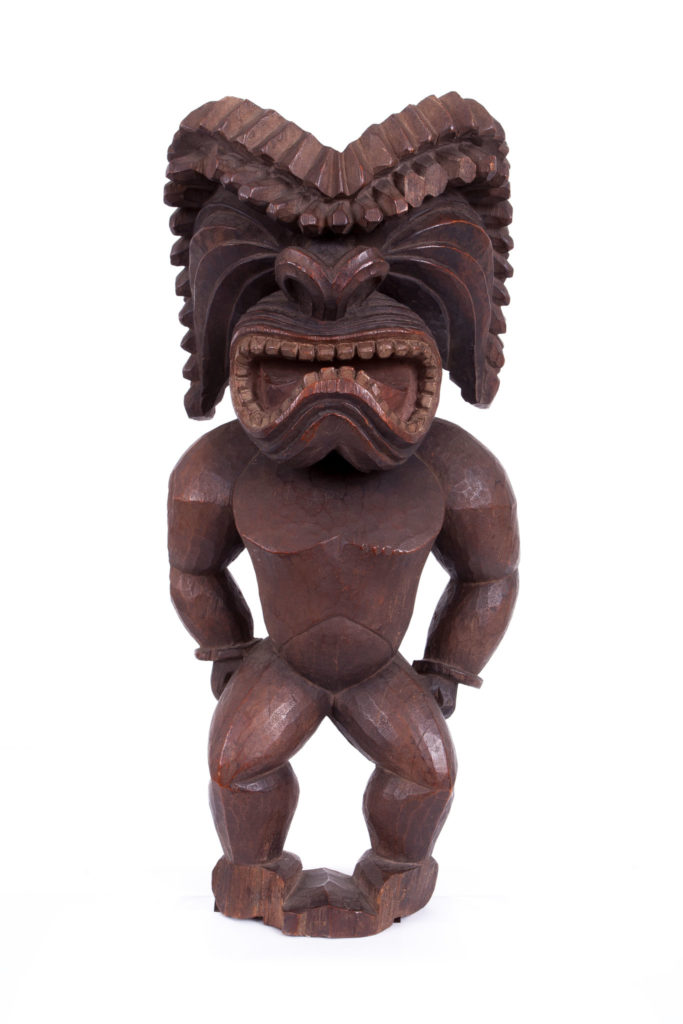All one’s life is a confluence of events, or should I more accurately say phenomena, that once several come together in a situation of synchronicity are then elevated to the status of ‘event’. Herewith several of today’s phenomena.
Firstly, of course, is our annual summer sale. For those few of my gentle readers who don’t know the why of this, let me begin by saying that, with our business started in July, 2002, the summer provides Keith McCullar and me the opportunity to annually review what’s sold, and what hasn’t, and then price the ‘what hasn’t’ to move out the door. This is wrenching a bit, as Keith and me, using our collecting passion as a springboard for the establishment of Chappell & McCullar, are really happy, from an aesthetic standpoint, to keep close at hand very nearly everything we’ve ever acquired. Not practical, to say nothing of the expense, and it as well inhibits us from doing something else- sourcing additional fine quality pieces. From our prior backgrounds in finance- me in banking, and Keith as a chartered accountant- our rule- not entirely immutable, but something we try to work within nonetheless- is to price whatever we have to sell within two years of acquisition. If unsold at that time, we discount it to move it to sell it at our summer sale. We are not inordinately disciplined people, but Keith and I have stayed pretty close to this rubric. Has this practice then served us well? Witness our survival in business, where so many others have bit the dust. Mallett, Kentshire, Partridge- all redoubtable names and all, in the last ten years, consigned to memory.
The second of today’s phenomena was communication with a TV production company regarding a fly on the wall program specifically about the retail trade in antiques. That this should have come our way says something about our survival, in that those formerly vaunted names, now gone, have allowed some of the rest of us to, as it were, waft to the surface. This sounds self-congratulatory and conceited, but I suppose in any business, as in so much of life, one key to success is the mere fact of survival. But as tough as things are in the trade, indeed in any retail endeavor there is nothing ‘mere’ about it. Ours is a business and it is that we treat it like a business that brought us to the attention of the TV production company.
The last phenomenon was the bit of wisdom I received via email from a local estate agent. That is to say, received from a gentleman born locally who has been our good friend for a number of years, and who is principal owner of one of the nation’s largest estate agencies. By way of staying in touch, he sends out several times a week little anecdotes and homilies, words to live by, and other uplifting bon mots. Though some might characterize these electronic missives as spam, received of a friend for whom I have a high regard makes me inclined to read what’s sent. Today’s was about getting on with it- a writer should write, a composer should compose, or as quoted of Samuel Johnson ‘Nothing will ever be attempted if all possible objections must first be overcome.’ This is probably the most appropriate communication from our friend, who we know to be a man of action. Confident and successful, albeit with a mistake now and again, but as he quotes this time Benjamin Disraeli ‘Action may not always bring happiness, but there is no happiness without action.’
So, with these three phenomena we’ve syncretized the event that is our annual Summer Sale, as what is for us our best plan for continued success in the trade. Yes, mixed emotions of course as I will miss the pieces that will inevitably make their way into the sphere of someone else, but then, that’s true of everything we’ve ever sold- but know sales result in plenty of other opportunities. For my gentle readers, then, not an exhortation but an encouragement- browse our Summer Sale, tell us what you like, and we’ll have a real meeting of the minds and know that what you like is well liked by Keith and me.

